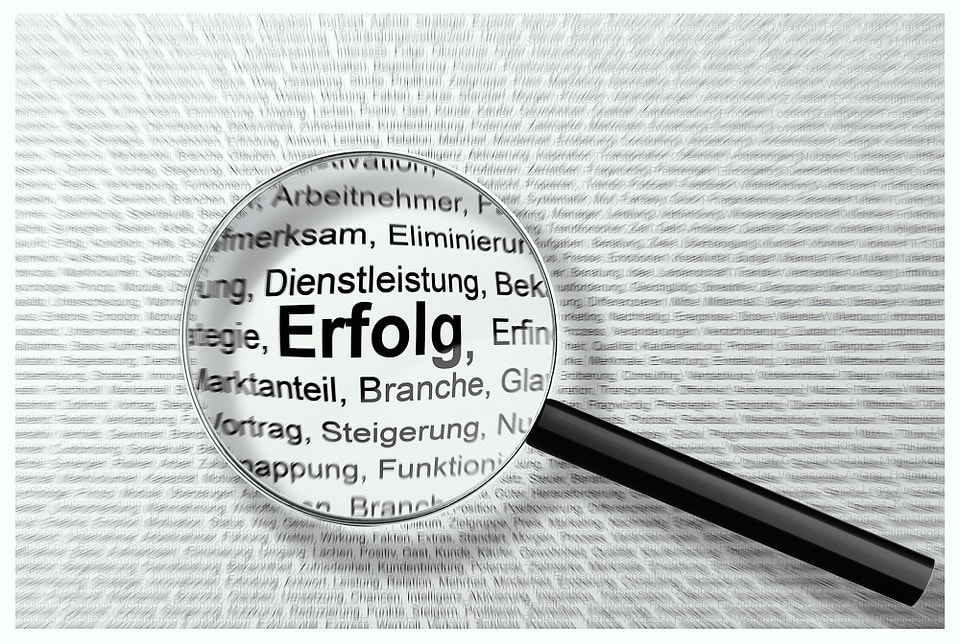Academic Transcript Translation: 5 Tips for K-12 School Admins

When it comes to K-12 school administration, one of the essential tasks is translating academic transcripts for students. As an essential component of academic translation, this process plays a crucial role in ensuring that all students, regardless of their language background, have access to their educational records.
Translating academic transcripts is critical in admissions, effective record-keeping, and ensuring compliance with educational standards across linguistic boundaries. As schools cater to an increasingly diverse student population, the demand for accurate academic transcript translation intensifies, necessitating a meticulous approach to uphold each student’s academic integrity.
What You’ll Learn in this Article
In this post, we will explore five actionable tips for K-12 school administrators to effectively translate academic transcripts. Through these essential tips, you’ll gain:
- Strategies for ensuring accuracy in conveying grades and achievements, emphasizing the importance of precision in academic transcript translation.
- Foundational knowledge to better understand and engage with transcript translation services, setting the stage for successful collaboration with language professionals.
- Tools and techniques for maintaining compliance with multilingual education standards, ensuring that your school meets legal requirements while fostering inclusivity.
At the end of this guide, we’ll recommend an easy alternative to traditional transcript translation to get you started.
5 Tips for Academic Transcript Translation
Embarking on academic transcript translation requires a foundational grasp of basic translation principles. It’s vital for K-12 school administrators to get acquainted with core translation terminology, including the distinction between source and target languages, as well as the concept of localization.
For example, localization goes beyond mere translation to ensure that educational records resonate within the cultural context of their new linguistic audience.
Knowing the basics will enhance the collaboration with language experts and contribute to ensuring that the translations of academic transcripts are precise, culturally appropriate, and accessible to all members of your school community.
1. Translate Grades and Achievements Accurately
In executing academic transcript translation, paramount importance lies in accurately conveying grades and achievements exactly as they are presented on the original document. It is crucial to resist the urge to interpret or adjust these details.
Credential evaluators possess specialized expertise in navigating foreign educational systems, ensuring a proper understanding of an academic transcript’s nuances. This approach guarantees that each student’s academic performance is represented faithfully, providing a clear and unaltered record for evaluators to assess.
2. Prioritize Vital Information while Translating Academic Transcripts
Discerning which details are pivotal ensures clarity and utility across linguistic barriers. Critical information such as a student’s name, birthdate, courses taken, remarks and grades must be meticulously translated, providing a solid foundation for understanding a student’s academic history.
Conversely, less crucial details, such as a clerk’s name, might not require extensive attention.
This prioritization guarantees that essential elements of the transcript are accurately conveyed, enhancing its purposefulness for educational assessments or applications while streamlining the process.
3. Ensure Multilingual Education Compliance
With educational institutions increasingly serving students from diverse linguistic backgrounds, adhering to language access laws and guidelines becomes paramount. For example, California’s school document translation law.
This adherence ensures equitable access to educational opportunities for all students, regardless of their primary language. By aligning transcript translations with state and federal regulations, schools not only uphold legal standards but also affirm their commitment to inclusivity, trust, and fairness.
To maintain compliance, it’s essential for K-12 administrators to stay informed about current laws affecting language access in education. Regular consultation with legal experts or utilizing resources offered by professional translation services can provide valuable insights into ensuring your translations meet all necessary legal criteria.
4. Implement a Standardized Process for Translation
Crafting a standardized process for academic transcript translation is essential for consistency, accuracy, and efficiency. This involves developing clear guidelines that detail every step of the translation pathway, from initial document assessment to final review.
Establish templates and standardized formats for translators to follow, ensuring that all translated transcripts maintain a uniform appearance and structure. Instituting a set of workflows can also streamline communication between translators, reviewers, and administrative staff, significantly reducing turnaround times.
This systematic approach will help minimize errors and facilitate a smoother operation, allowing for a more seamless integration of translated transcripts and score cards into your school’s educational framework.
5. Regularly Update and Review Translations
In an ever-evolving educational landscape, it’s critical to keep your academic transcript translations current. This not only involves updating terms and policies but also revisiting and refining translations to mirror changes in academic programs or standards.
Establish a routine schedule for reviewing translated transcripts, ensuring that they accurately reflect the most recent educational practices and regulations. Engaging translators for periodic updates allows for adjustments that accommodate new learning outcomes or shifts in curriculum content.
This proactive approach guarantees that all stakeholders have access to consistent, reliable information that aligns with current educational goals. Moreover, it supports a transparent process where students’ achievements are communicated effectively across language barriers, maintaining the integrity of their academic records.
Bonus Tip: Utilize Technology to Your Advantage
Embracing professional translation technology can significantly streamline the process of academic transcript translation, enhancing both precision and efficiency.
The best AI translation software available will offer your school system advanced capabilities that can dramatically reduce manual workload while improving the fidelity of translations.
These tools are designed to understand and accurately translate specialized academic vocabulary, ensuring that no crucial detail is lost in translation. By integrating such technology into your workflow, you can expedite the translation process without compromising on quality.
Furthermore, many of these platforms come equipped with features that allow for easy collaboration among team members, facilitating a smoother translation review process. Incorporating technology into your translation strategy will speed up the process while supporting a more accurate representation of student achievements across languages.
FAQs
What are the typical costs associated with professional transcript translation?
Costs can vary, but securing quotes from several services and software vendors can help you find a cost-effective solution. Get started with cost-effective tools to initiate the process.
How can administrators ensure the security of sensitive information during the translation process?
To ensure the security of sensitive information, select translation services and tools that comply with privacy standards and have secure data handling protocols in place. It’s crucial to prioritize these aspects to maintain the integrity of academic transcript translation.
Read more about the security risks of online translation services that don’t have robust protocols in place.
Conclusion
Translating academic transcripts is more than a task; it’s a commitment to inclusivity, understanding, and academic integrity. By adhering to compliance standards and expertly navigating the complexities of translation, K-12 school administrators can ensure every student’s achievements are recognized universally.
We encourage you to take these proactive steps, utilizing professional services, technology, and standardized processes to enhance the effectiveness and efficiency of your translation practices.
Embrace these tips to support a more inclusive educational environment, ensuring every student’s academic journey is accurately documented and understood, no matter the language.
Get Started with Pairaphrase
Elevate your school’s approach to academic transcript translation by first evaluating your current practices against the tips shared here. Then, try Pairaphrase. It’s the AI-powered translation management system for school districts that value faster, smarter and safer translation.
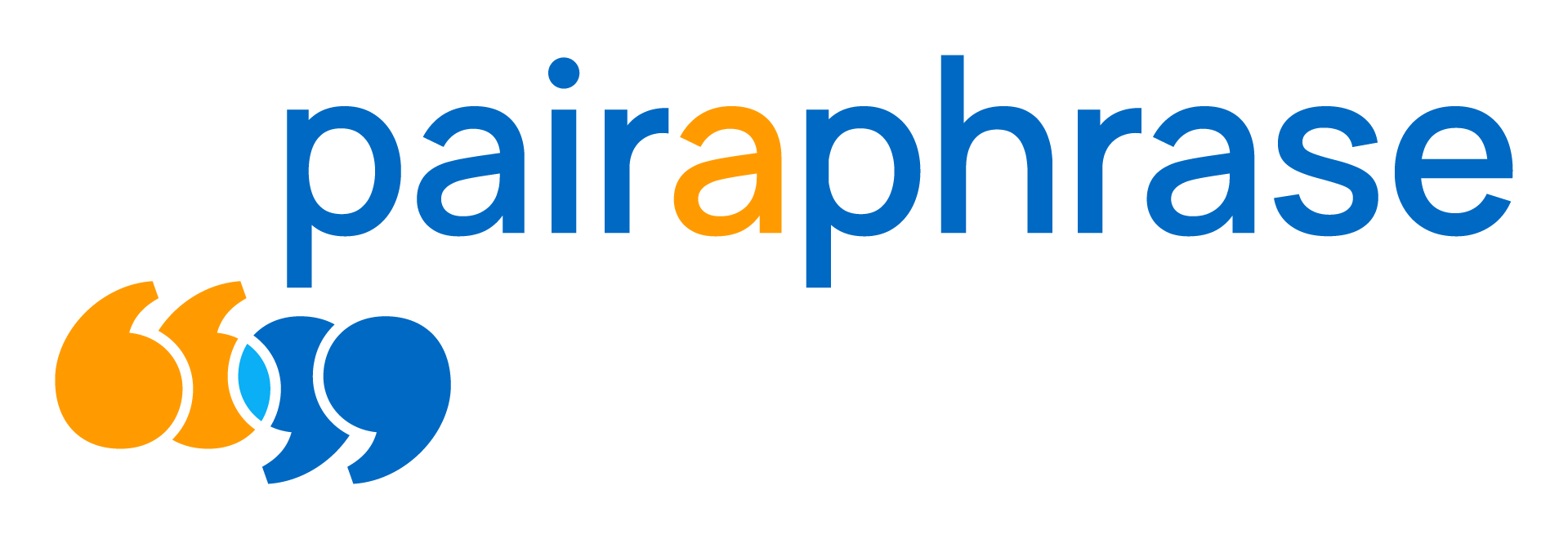
On average, schools who use Pairaphrase reduce their translation costs by 90% and see immediate translations (down from a 4-7 day turnaround).
Schedule a demo or share this article with a colleague.
Additional Resources
Explore the following articles to learn more on the topic of school document translation:
- How to Translate an IEP Document
- 6 Tips for Training Administrative Staff in School Document Translation
- Best Spanish Translator for School Districts
- Translating Parent Notifications: 5 Tips for K-12 Schools
- How to Comply with California’s School Document Translation Law
- Best Translation Services for Schools: What to Look For
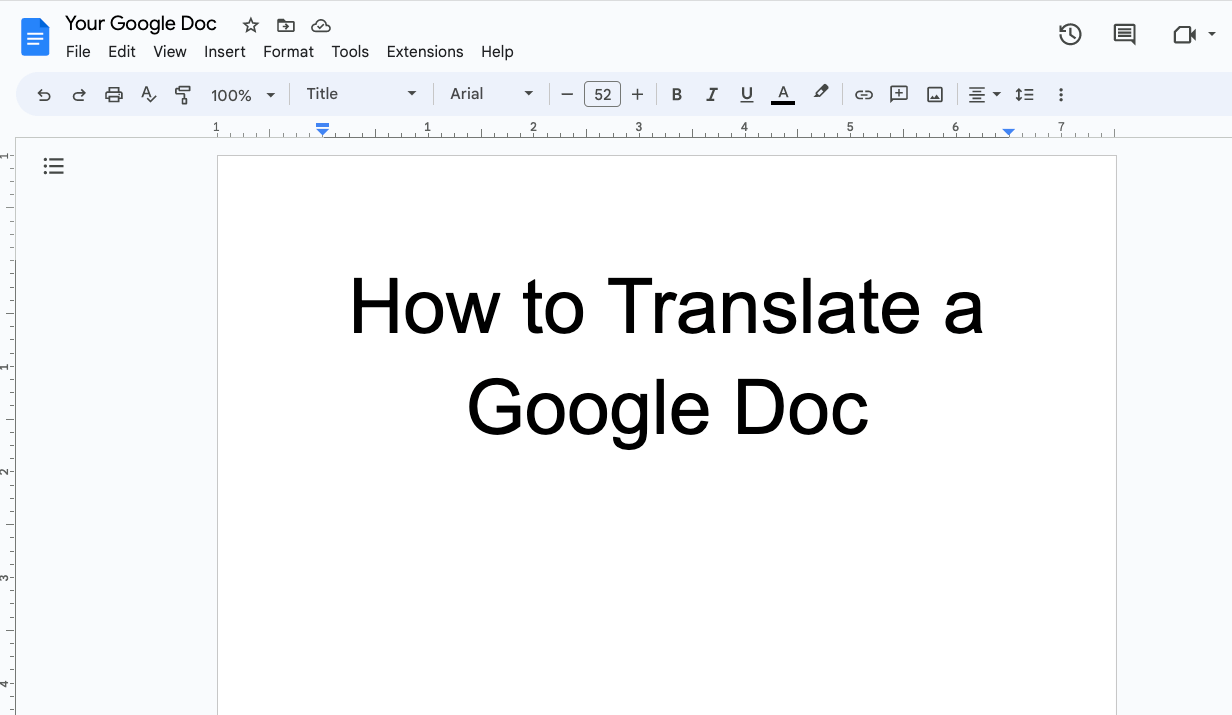
How to Translate a Google Doc Most Efficiently [2025]
Want to translate Google Doc text? Learn why you should use Pairaphrase as your Google Docs translator.

How to Translate an Entire Google Slides Presentation [2025]
Want to translate Google Slides presentation text, notes & charts? Learn why you should use Pairaphrase as your Google Slides translator.
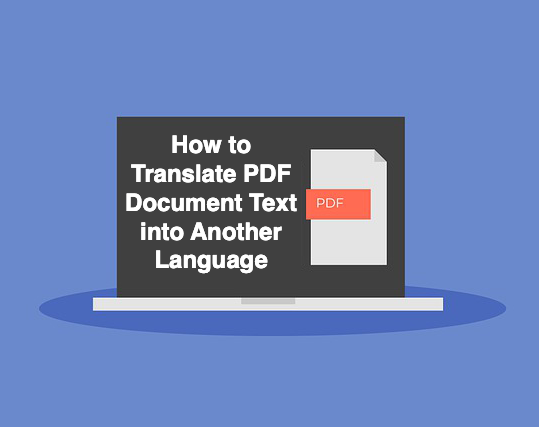
PDF Translation Problems & Solutions: Troubleshooting Guide [2024]
Learn common issues involved with translating PDF documents and discover why Pairaphrase is the best PDF document translator.

Most Accurate Translator Tool: What to Look for [2024]
While a 100% accurate translator does not yet exist, this post will tell you how to get the most accurate translator tailored to your company’s words and phrases.
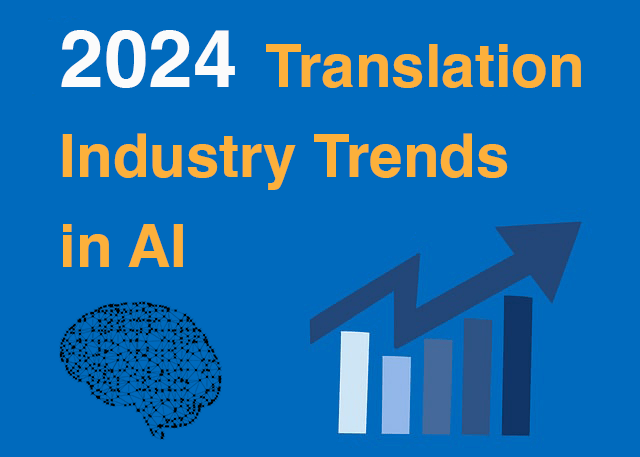
11 AI Translation Industry Trends in 2024
Explore 2024 translation industry trends! Learn about 10 AI translation industry trends 2024 will bring, according to our predictions.
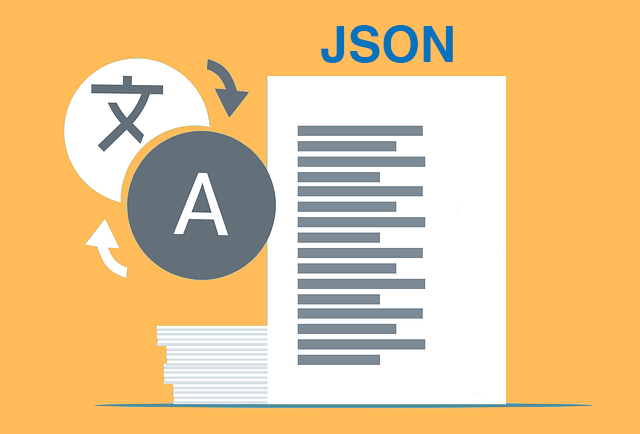
How to Translate JSON Files Online Effectively [2024]
Want to translate JSON files? Learn why Pairaphrase is the best way to auto-translate JSON files online.
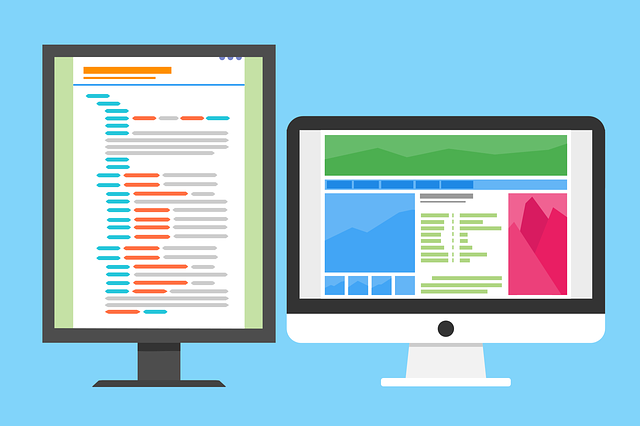
How to Translate HTML Files to Another Language [2024]
Want to translate HTML files to another language? Learn why Pairaphrase is the best way to translate HTML files.
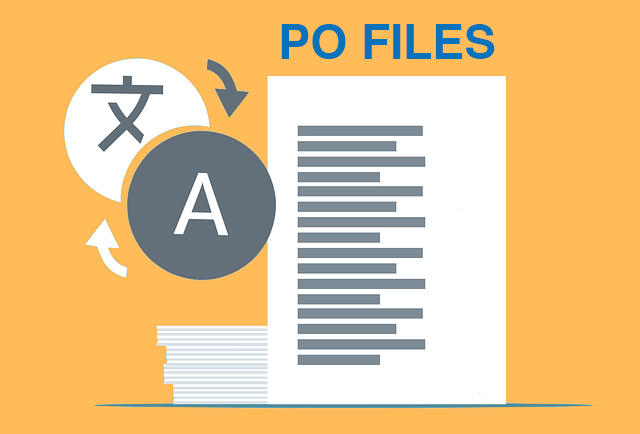
How to Translate PO Files Online [2024]
Need to translate PO files online? Learn why Pairaphrase is the best way to translate PO files.

OpenAI Language Translation: Pros & Cons for Enterprises
Exploring OpenAI language translation capabilities? In this article, discover the pros & cons of OpenAI translation for enterprise use.

File Translation 101: Your Guide to the Basics
Learn all about file translation in this 2023 guide to gain an understanding of the different kinds of file translation services & formats.

Best Way to Translate Elucidat Course Content
Learn how Pairaphrase makes Elucidat course translation reusable, secure, fast and easy.

5 Tips for eLearning Localization in 2024
Need to localize eLearning content? Familiarize yourself with these 5 eLearning localization tips for effective multilingual training.

How to Translate a Text File Online [2024]
Want to translate a text file? Learn why Pairaphrase is the best way to translate a text file for your organization.

Best DocTranslator Alternative (2024)
Want a secure enterprise alternative to DocTranslator? Learn why Pairaphrase is the best DocTranslator alternative for enterprises here »
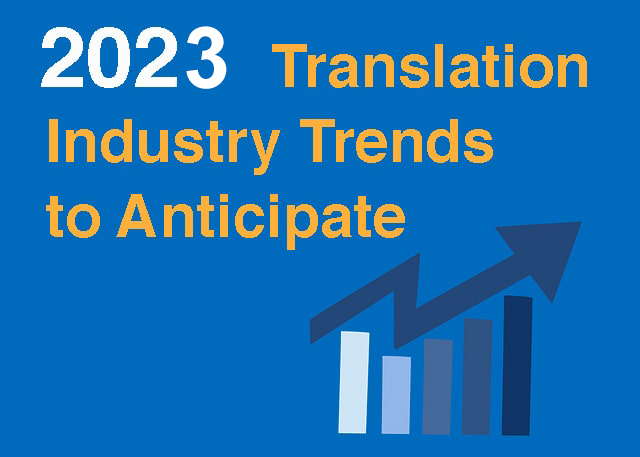
Top 8 Translation Industry Trends (2023 Outlook)
Explore 2023 translation industry trends! Learn about 8 translation industry trends 2023 will bring, according to our predictions »

Best English to Polish Document Translation Software [2024]
Looking for English to Polish translation software, but not sure what features you need? Access this buying guide.
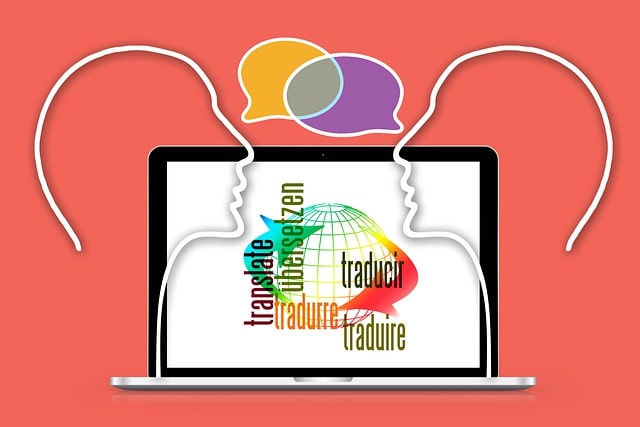
Translation Services 101: Your Guide to the Basics
Need translation services? First, learn the basics! This way, you can make an informed decision. Explore this guide to translation services.

Best Redokun Alternative for Enterprises (2024)
Want a secure enterprise alternative to Redokun? Learn why Pairaphrase is the best Redokun alternative for enterprises here »
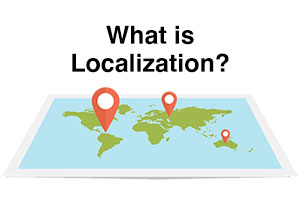
Localization 101: Your Guide to the Basics
Curious about localization? Learn about localization vs translation, what it is, how it works, benefits & more in this guide to the basics!

Best Memsource Alternative for Enterprises (2024)
Want a secure enterprise alternative to Memsource? Learn why Pairaphrase is the best Memsource alternative for enterprises here »

How to Translate Entire Google Sheets (All Cells) [2025]
Want to translate entire Google Sheets? Learn why you should use Pairaphrase as your Google Sheets translator.
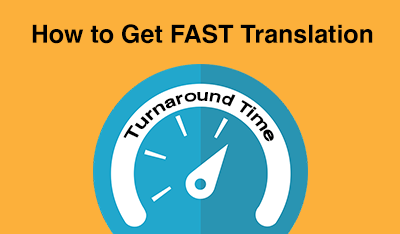
Fast Turnaround Translation: How to Get it
While fast translation turnaround and linguistic quality is a delicate balance, this post will tell you how to best use Pairaphrase to get fast translations.

Best English to Arabic Document Translation Software (2024)
Looking for English to Arabic translation software, but not sure what features you need? Access this buying guide.
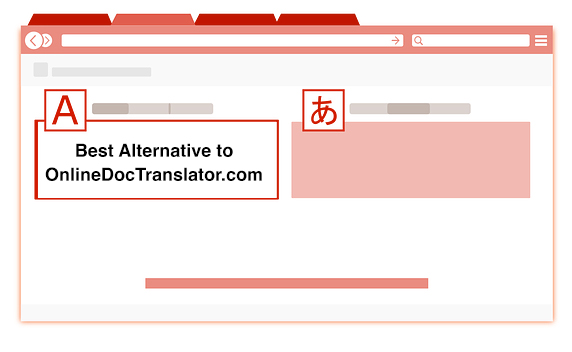
Best OnlineDocTranslator.com Alternative (2024)
Considering an alternative to OnlineDocTranslator.com? Explore why Pairaphrase is the best OnlineDocTranslator.com alternative for enterprises.
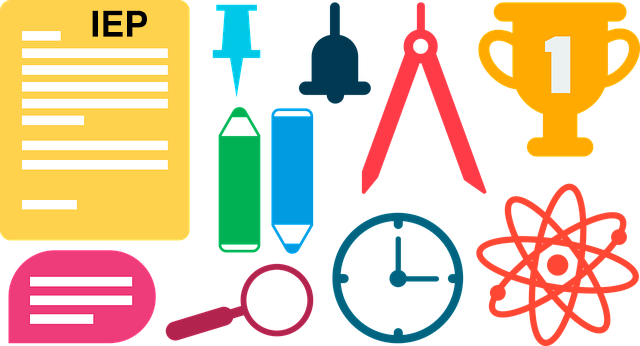
How to Translate an IEP Document [2024]
Need to translate an IEP document? Learn how to translate IEP documents in the most efficient and secure way possible.
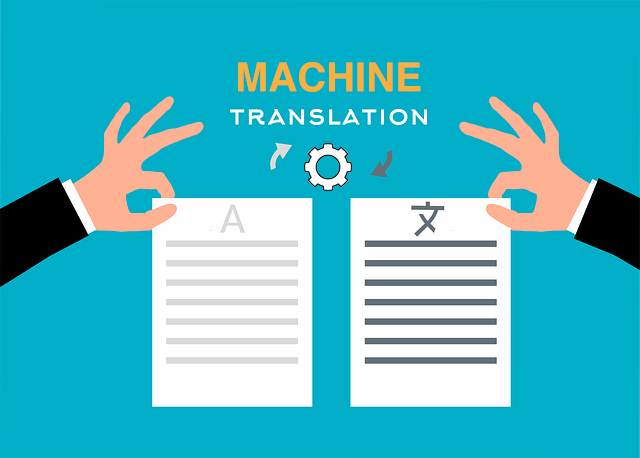
Machine Translation (MT): Your Guide to the Basics [2024]
Curious about Machine Translation (MT)? Learn about machine translation, how it works, benefits of machine translation & more.
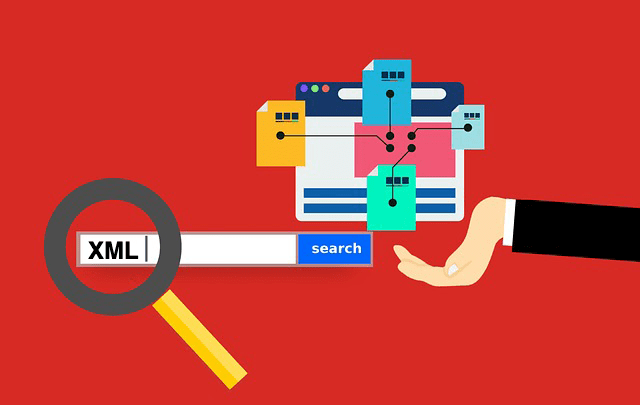
How to Translate XML Files Online (2024)
Need to translate XML files online? Learn about the best features to use when translating XML files.

Best English to Italian Document Translation Software (2024)
Want the best English to Italian document translation software for business? Read about the 10 best English-Italian translator app features.

Terminology Management in Translation: Essential Guide [2024]
Learn all about terminology management in this comprehensive guide.

Smartling Alternative for Enterprises in 2024
Want a Smartling alternative? Explore 10 possible reasons you need one, and why Pairaphrase might be your best alternative.
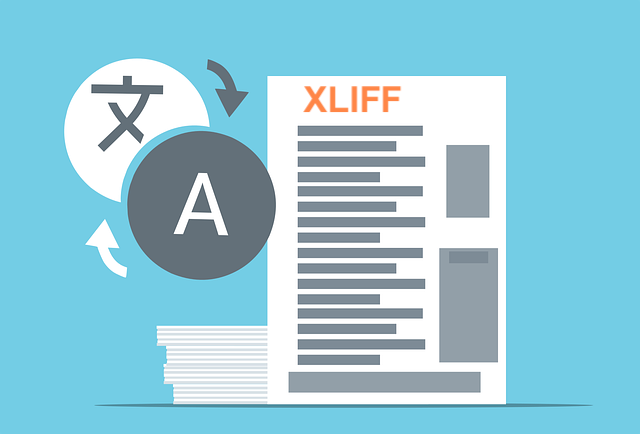
How to Translate XLIFF Files Online Successfully (2025)
Need to translate XLIFF files online? Learn why Pairaphrase is the best way to translate an XLIFF file.

Best Japanese to English Document Translation Software (2024)
Looking for Japanese to English translation software, but not sure what features you need? Access this buying guide.

How to Translate SRT Files Effectively [2024]
Learn how to translate SRT files in 2022! Explore the reasons Pairaphrase is the best way to translate an SRT file effectively.

Best English to Japanese Document Translation Software (2024)
Looking for English to Japanese translation software, but not sure what features you need? Access this buying guide.

Brochure Translation Software Features to Look for
Need brochure translation? Look for these 10 top brochure translator features (before you buy).
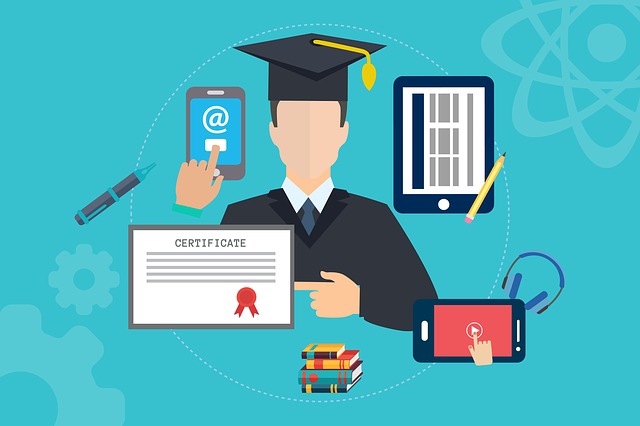
Best Way to Translate Articulate Course Files
Need to translate Articulate course files? Learn why Pairaphrase is the best way to translate Articulate files (XLIFF 2.0).

Best Way to Translate Multiple Files Simultaneously Online [2024]
Need to translate multiple files simultaneously online? Learn why Pairaphrase is best for batch translation.
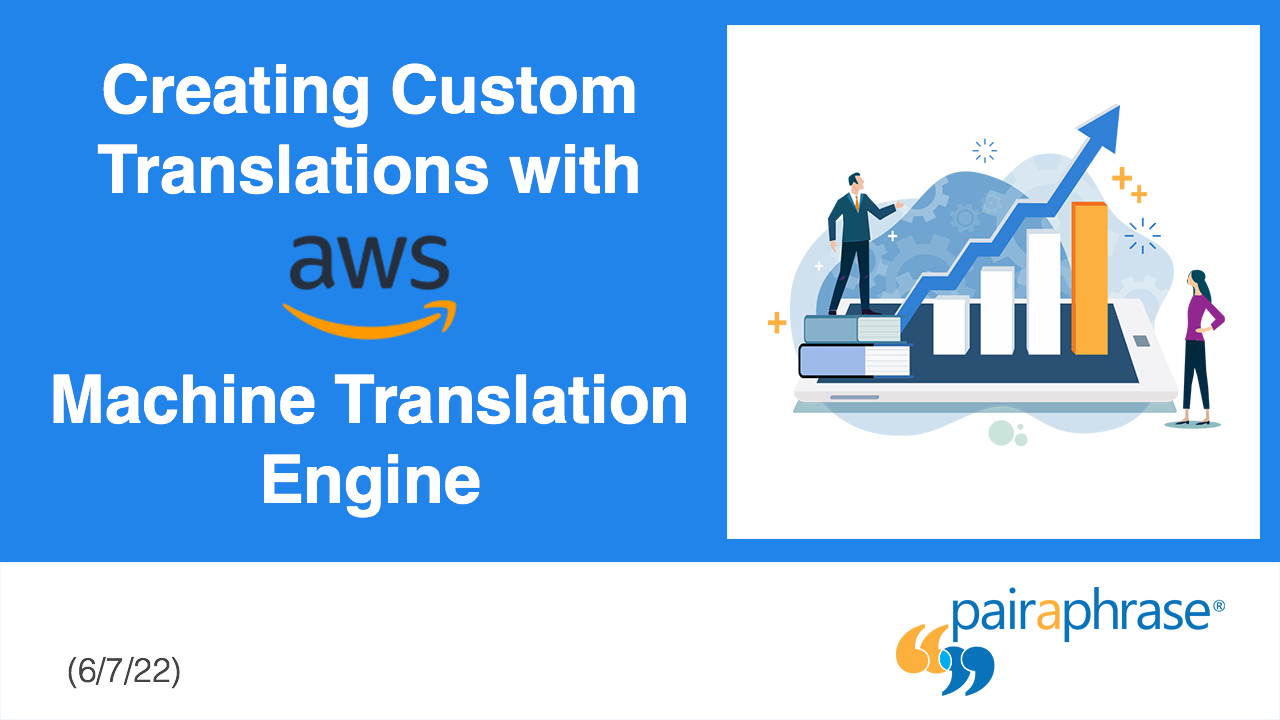
Using Pairaphrase Translation Software with Amazon Translate
Curious about translating with Amazon Translate (AWS)? Learn about using Amazon’s machine translation engine with Pairaphrase.

Best English to Hindi Document Translation Software (2024)
Looking for English to Hindi translation software, but not sure what features you need? Access this buying guide.

How to Translate Large Files with Ease [2024]
Need to translate large files? Learn about the best tools to use when translating large PDF’s, documents & more (10MB+).

Catalog Translation Software Features to Look for
Need catalog translation? Look for these 10 top catalog translator features (before you buy).

Best English to Vietnamese Document Translation Software (2024)
Looking for English to Vietnamese translation software, but not sure what features you need? Access this buying guide.

How to Create Effective Termbase Glossaries for Machine Translation
Need to create a termbase glossary? Get our top 5 tips for creating effective termbase glossaries for machine translation.

Best English to Korean Document Translation Software (2024)
Looking for English to Korean translation software, but not sure what features you need? Access this buying guide.

Best DeepL Alternative for Enterprise Teams (2024)
Explore various DeepL drawbacks and user-specific needs you might identify with. This way, you can conclude whether alternatives to DeepL could fill these gaps.
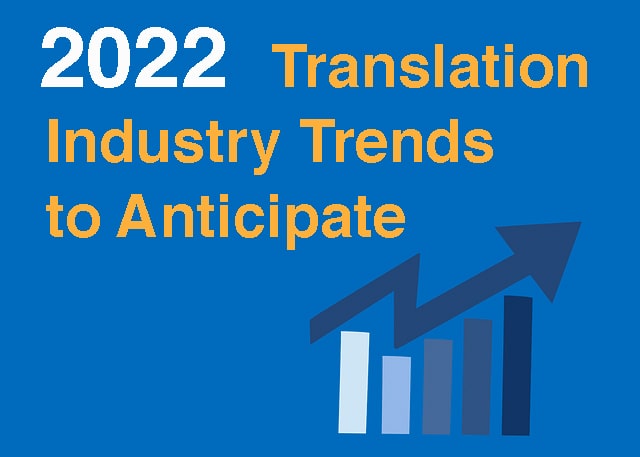
Top 10 Translation Industry Trends in 2022
Explore 2022 translation industry trends! Learn about 10 translation industry trends 2022 will bring, according to our predictions »
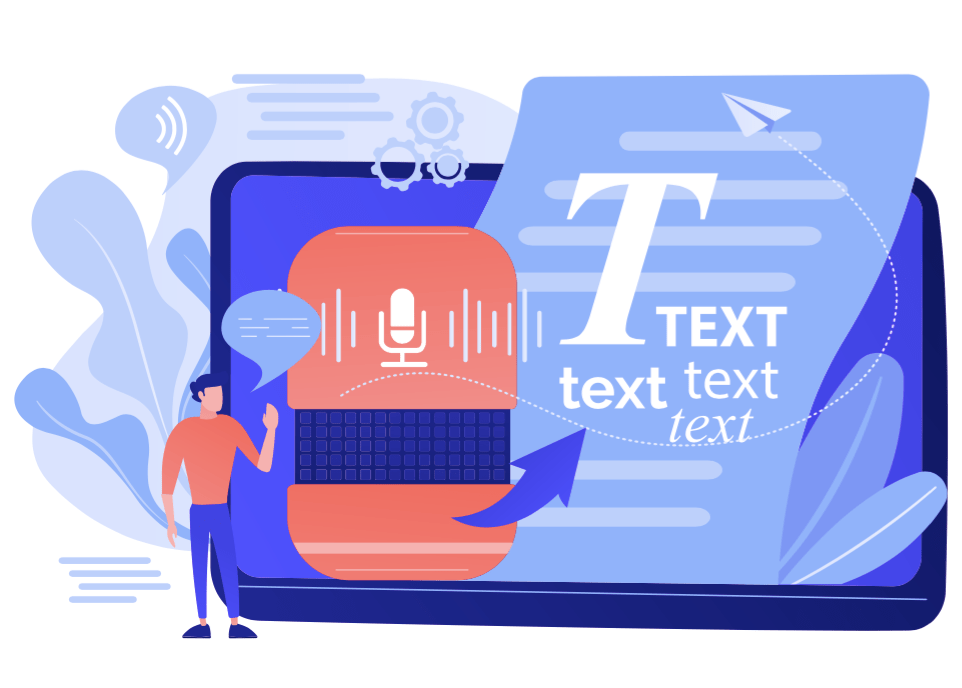
Secure Transcription Software That Translates Languages
Need secure transcription software that translates languages? Learn what features to look for and how Pairaphrase will benefit you.

Best English to Portuguese Document Translation Software (2024)
Looking for English to Portuguese translation software, but not sure what features you need? Access this buying guide.
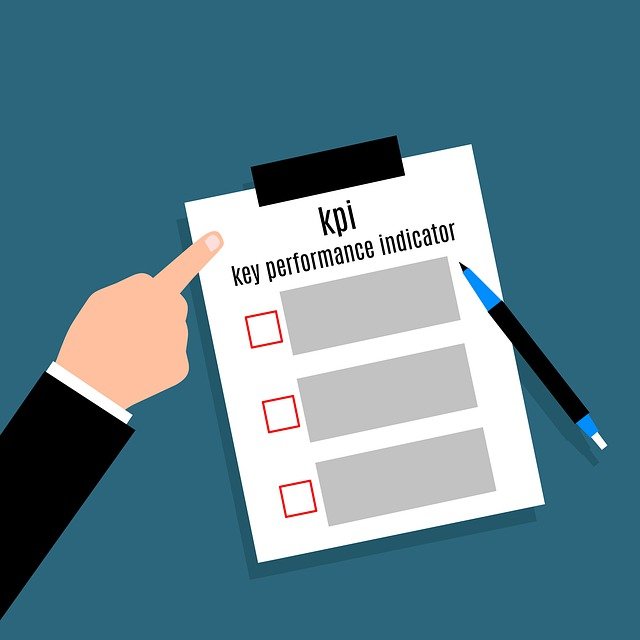
Translation KPIs for Translation Management Success
Establishing translation KPIs (Key Performance Indicators)? Here are the 5 Most Important KPIs for translation management success.

